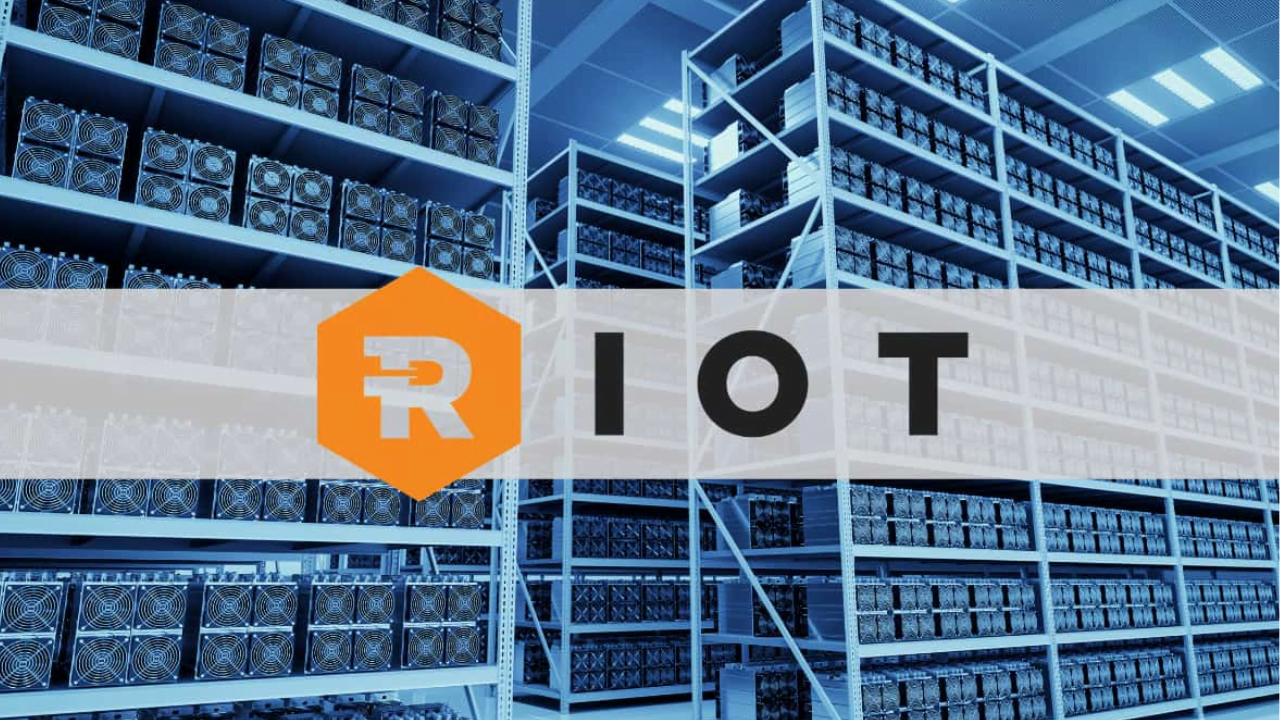The Reserve Bank of India (RBI) upheld its unanimous decision to maintain the repo rate at 6.5 percent on August 10, indicating the unwavering stance of the monetary policy committee (MPC). Analysts within the real estate industry expect that this consistent rate will invigorate the demand for housing.
The recent decision to retain rates showcases the resolute and vigilant approach of the monetary policy committee (MPC), and industry insiders believe it will positively impact housing demand, particularly in the residential segment. Notably, ANAROCK Research highlights a 20 percent increase in equated monthly installments (EMIs) over the last two years. Home loan borrowers disbursing approximately Rs 22,700 as EMIs in July 2021 are now paying around Rs 27,300 – signifying a rise of approximately Rs 4,600 per month.
Shedding light on this matter, Samantak Das, Chief Economist and Executive Director of Research at JLL India points out, “The sustained focus on moving away from the accommodative policy stance is likely a response to the ongoing inflationary pressure, stemming from the expectation of a sub-normal to normal monsoon.”
Table of Contents
ToggleOptimism in the Real Estate Sector
This is the third consecutive pause in policy rates, a favorable trend for the real estate domain. The residential segment maintains its growth trajectory across successive quarters, according to Samantak Das. The growth in residential sales during H1FY2023 has been a remarkable 21 percent year on year, signifying consistent and robust progress.
JLL highlights that residential sales have continually reached new peaks each quarter over the past year. While home prices have also experienced an increase of 8-15 percent in the last year, this escalation is expected to be balanced by the countervailing effect of unchanged policy rates. The steadiness of interest rates is expected to maintain affordability synergies and support the upward trend in home buying.
With the RBI opting to maintain the repo rate at 6.5 percent, a cautious approach towards long-term inflation control is evident. As the economy continues to advance, propelled by consistent demand across sectors, a repo rate cut in the next MPC review could further boost consumer spending during the festive season, thus fostering growth in multiple sectors.
The RBI’s decision to steady the repo rates is greeted with enthusiasm by prospective homebuyers. The unchanged rates are expected to sustain momentum in housing sales, especially in the mid and luxury segments, which performed exceptionally well in H1 FY2023. However, there remains a note of caution – the lingering threat of inflation could impact overall sales, particularly in the affordable housing sector, which is already reeling from the pandemic’s effects over the past few years.
Financial Burden and EMI Trends
ANAROCK Research emphasizes that EMIs for homebuyers have surged by 20 percent in the last two years. From paying approximately Rs 22,700 as EMIs in July 2021, borrowers are now disbursing around Rs 27,300, marking a substantial increase. The RBI’s unwavering stance on the repo rate at 6.5 percent since February brings relief to EMI-dependent homebuyers, alleviating financial pressures. This stability in financing costs is also poised to benefit real estate developers’ balance sheets.
The construction activity in real estate remains robust, as indicated by robust steel consumption and cement production. Stable interest rates, favorable pricing, and adequate supply are anticipated to bode well for first-time homebuyers, particularly in the affordable and mid-range segments during the upcoming festive season. The RBI’s decision to maintain the current interest rates is seen as a promising step towards alleviating financial strains on aspiring homebuyers, particularly those in the middle and lower-income brackets who aspire to own a home, according to Pradeep Aggarwal, founder and chairman of Signature Global (India) Ltd.








